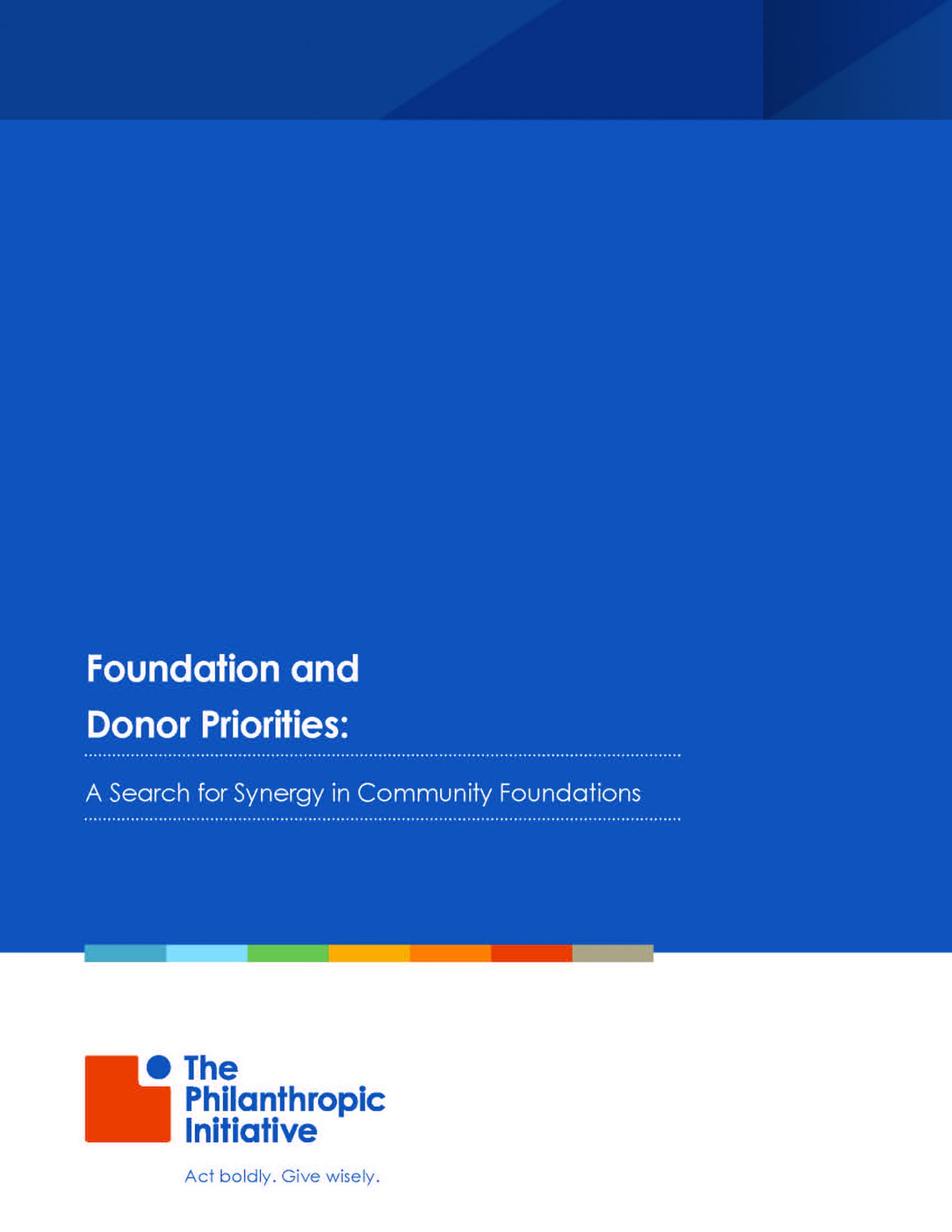
There is an oft cited mantra within the community foundation field that a foundation must choose between being “community centric” and “donor centric” – in other words, between focusing on foundation-driven priorities and donor-driven priorities.
Increasingly, this is being perceived as an artificial dichotomy that not only limits new thinking, but also downplays the experimentation and creativity already taking place in many community foundations. Indeed, The Philanthropic Initiative’s merger with the Boston Foundation three and a half years ago was one such effort to bridge these two goals in a community foundation that had become an exemplar of a foundation practicing community leadership. This experience – along with our decades of work supporting the community foundation field and helping individual community foundations plan for the future – has given TPI a unique vantage point to see the challenges and opportunities of authentically and robustly embedding both goals within one organization.
A year ago, considering all that we’ve observed and experienced, we decided to take a closer look at this issue. I, for one, was curious to know, has anyone figured this out yet? In interviews over the last year with leaders of 18 community foundations of all sizes and geographies, we found that many have in fact developed innovative and successful ways to bring these two activities together – facilitating collaboration, sharing knowledge, and finding productive synergies.
This week, we’re excited to share a new report called Foundation and Donor Priorities: A Search for Synergy in Community Foundations. This report synthesizes our research and is designed to stimulate new conversations among U.S. community foundations about this challenge and opportunity.
None of the community foundations in our sample claim it is easy. The challenges they cite include: a culture and organizational structure that serve to divide the foundation across functional lines of donor services/development vs. program; a fear of alienating donors if they invite them to “co-invest” along foundation priorities; and a fear of attracting too much donor interest if they provide unlimited support for donor requests.
But many foundations – large and small – have found success through the development of unique initiatives and a willingness to look deeply at how to make change in their own operations. One foundation has developed a process where each new initiative has its own Advisory Board comprised of donors, staff, and others. Another foundation only hires new staff with a professional background in highly collaborative work, knowing it takes a lot of work to make collaborations like these successful. A third claims their investment in technology platforms has extended the staff’s capacity to track and match donor interests, enabling the foundation to capitalize on deeper knowledge of the donors they serve.
We invite you to read this new report and let us know what you think. Is there a new paradigm possible for the community foundations of the future?


